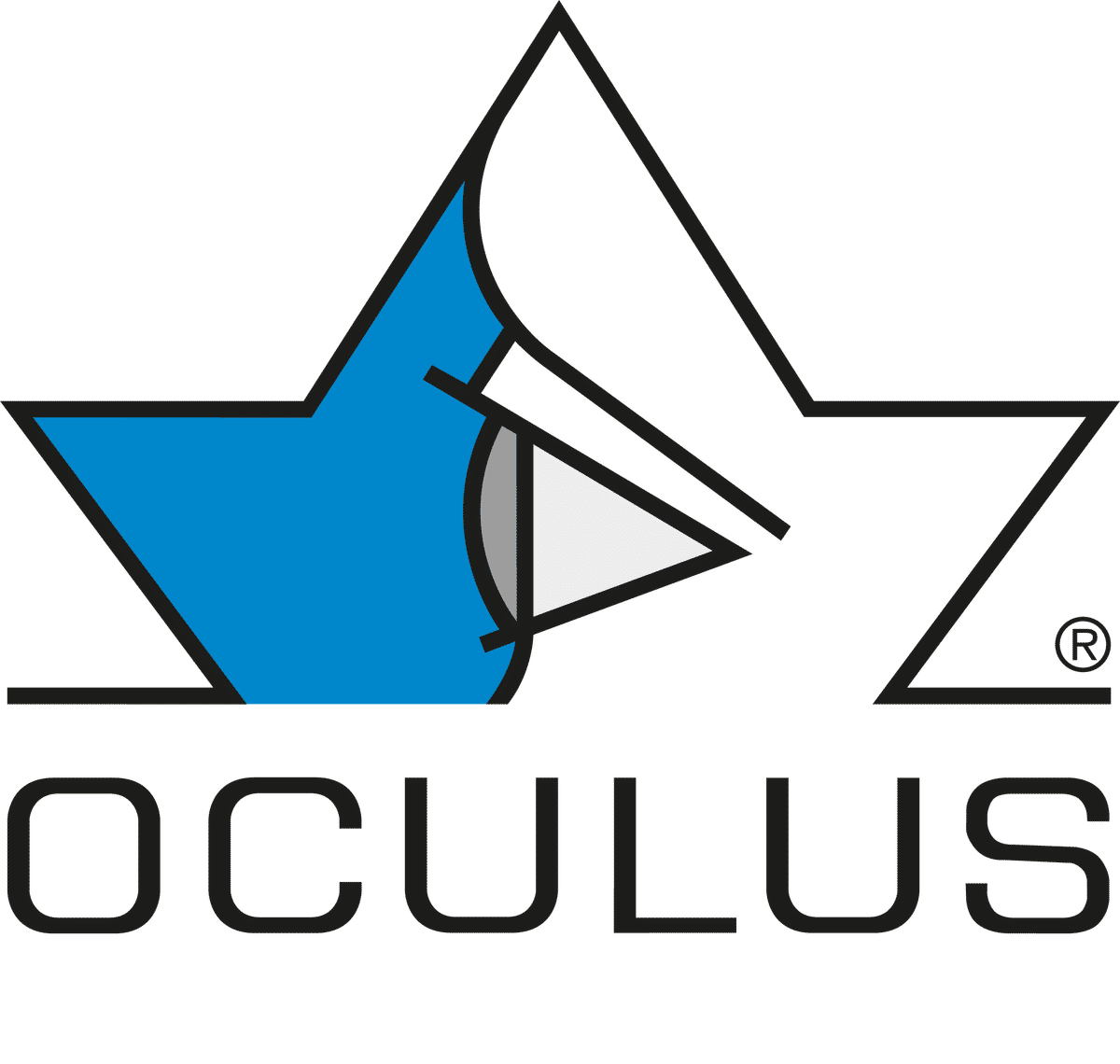Science
Myopia linked to lower AMD and DR risk, higher glaucoma risk

In this article:
This study explored the associations between axial myopia and several ocular diseases using population-based data from Russia, China, and India. Across the three cohorts, longer axial length was associated with lower prevalence and incidence of diabetic retinopathy and age-related macular degeneration, and lower prevalence of angle-closure glaucoma. Conversely, axial myopia was linked with significantly increased prevalence and incidence of open-angle glaucoma, particularly at axial lengths >26.5 mm.
Paper title: Positive and Negative Associations of Myopia with Ocular Diseases in Population-Based Studies
Authors: Jonas JB (1,2,3), Bikbov MM (4), Kazakbaeva GM (4,5), Wang YX (6), Xu J (6), Nangia V (7), Nangia PV (7), Panda-Jonas S (1,3,8)
- Institut Français de Myopie, Hôpital Fondation Adolphe de Rothschild, Paris, France
- Singapore Eye Research Institute, Singapore
- Privatpraxis Prof Jonas und Dr Panda-Jonas, Heidelberg, Germany
- Ufa Eye Research Institute, Ufa, Russia
- Ufa Eye Research Institute, Ufa, Russia; Ufa Eye Institute, Ufa, Russia
- Beijing Institute of Ophthalmology, Beijing Tongren Hospital, Capital Medical University, Beijing Ophthalmology and Visual Sciences Key Laboratory, Beijing, China
- Suraj Eye Institute, Nagpur, India
- Department of Ophthalmology, Medical Faculty Heidelberg, Heidelberg University, Heidelberg, Germany
Date: Published online July 5, 2024
Reference: Jonas JB, Bikbov MM, Kazakbaeva GM, Wang YX, Xu J, Nangia V, Nangia PV, Panda-Jonas S. Positive and Negative Associations of Myopia with Ocular Diseases in Population-Based Studies. Ophthalmology. 2024 Dec;131(12):1427-1435.
Summary
Previous studies have demonstrated that myopia, particularly high myopia, is associated with increased risks of complications such as myopic macular degeneration and optic neuropathies.1–4 Conversely, evidence also suggests the risk of other ocular pathologies is lower in myopes compared to hyperopes, including diabetic retinopathy (DR)5,6, age-related macular degeneration (AMD)7,8, and angle-closure glaucoma (ACG).9,10 Associations with these conditions are less well-established. To address this gap, the authors conducted a comparative analysis of three large population-based studies to explore whether axial myopia is consistently associated with major ocular diseases.
This study analysed data from three population-based cohorts involving adults in the Ural Eye and Medical Study (UEMS; age>40 years), the Beijing Eye Study (BES; age >40 years), and the Central India Eye and Medical Study (CIEMS; age >30 years). Axial length was used as a surrogate for myopia, and all participants underwent a series of comprehensive ophthalmological and general medical examinations. High myopia was defined as spherical equivalent refraction of more than -8D or axial length of 26.5 mm or more.
Key findings were as follows.
- Longer axial length was associated with lower prevalence of DR (OR 0.73 in Russia, 0.64 in China) and lower 10-year incidence of DR (OR 0.48 in China).
- Longer axial length was also associated with lower prevalence and incidence of AMD (ORs 0.85 in Russia, 0.81 in India; 5-year AMD incidence OR 0.996 in China).
- ACG prevalence decreased with longer axial length across all three cohorts (e.g., OR 0.55 in India).
- In contrast, longer axial length was linked to higher prevalence and incidence of open-angle glaucoma (OAG) (e.g., ORs 1.65 in Russia; 10-year OAG incidence OR 1.40 in China).
- The increase in OAG risk was nonlinear, with a steep rise in highly myopic eyes.
What does this mean for my practice?
These findings highlight the nuanced relationship between myopia and ocular disease. While myopia is well recognised as a risk factor for open-angle glaucoma and myopic macular degeneration, it is offset by a relatively lower risk of developing other major age-related ocular diseases (compared to hyperopia).
For eye care practitioners, these findings should not diminish the importance of existing practice patterns. For example, myopia control remains essential in childhood to reduce the future burden of high myopia and its associated complications.
The increased prevalence and incidence of OAG in eyes with long axial length reinforces the utility of ocular biometry in the clinical assessment of myopic adults. Axial length measurements can be used to quantify disease risk to assist eye care practitioners in educating patients about the importance of ongoing ocular health assessment.
Eyes with axial lengths exceeding 26 mm especially warrant close surveillance for evidence of glaucoma and other myopia-related conditions. The latter is important, as the authors appeared to convey lower prevalence of DR, AMD, and ACG as an advantage of myopia. However, it should be remembered that myopic maculopathy, retinal detachment, and cataract, are established disease associations of high myopia as well.11
Learn more about how to monitor for glaucoma in myopes.
What do we still need to learn?
Several limitations resulted from the three studies selected for comparison. The three population-based studies were not equivalent in design. The longitudinal analyses of DR, AMD, and OAG were based on the Chinese cohort only, introducing potential survival bias over a 10-year follow-up period. The remaining two studies (Russia and India) were cross-sectional in design, limiting causal inference between axial length and ocular disease prevalence.
With regards to the study populations used, the UEMS (Russia), CIEMS (India), and BES (China), were not fully representative of the countries in which they were conducted. For example, the ethnic composition of the UEMS, is half Central Asian and half Eastern European. This limits the ability to generalise the study’s findings to other countries in similar regions.
The authors cited that the prevalence of AMD may have been underestimated in myopic eyes due to anatomical alterations. Choroidal thinning and tessellated fundus are a common characteristic of highly myopic eyes.12 Drusenoid changes – a hallmark of AMD, may be more difficult to detect in myopic eyes, which can have less fundus contrast due to retinal pigment epithelium and choroidal changes.
Future studies should aim to clarify causality, explain why axial length is associated with higher or lower prevalence of certain ocular diseases, and investigate more diverse populations.
Abstract
Purpose: Prevalence of myopia and vision impairment due to myopic macular degeneration and myopia-related optic neuropathies have markedly increased worldwide. We evaluated whether myopia is associated with other ocular disorders.
Methods: The participants underwent a series of ophthalmological and general medical examinations.
Results: In the UEMS, DR prevalence (odds ratio [OR], 0.73), AMD prevalence (OR, 0.85), and ACG prevalence (OR, 0.72) decreased, and OAG prevalence (OR, 1.65) increased with longer axial length in multivariable analyses. In the CIEMS, lower AMD prevalence (OR, 0.81) and lower ACG prevalence (OR, 0.55), and higher OAG prevalence (OR, 1.45) were associated with longer axial length. Diabetic retinopathy prevalence (0.33%) was too low for statistical analysis in the CIEMS. In the BES, prevalence (OR, 0.64) and 10-year incidence of DR (OR, 0.48) and prevalence (OR, 0.83) and 5-year incidence of AMD (OR, 0.996) decreased, and prevalence (OR, 1.35) and 10-year incidence of OAG (OR, 1.40) increased with longer axial length. In all 3 studies, the association between higher OAG prevalence and longer axial length was nonlinear with a slight increase for the moderate myopia range and a steep increase in the highly myopic range.
Conclusions: Myopia is associated with a lower prevalence of DR, AMD, and ACG and a lower incidence of DR and AMD, whereas high myopia more than moderate myopia is associated with a higher prevalence and incidence of OAG. Future studies may assess whether in myopia (in particular, in moderate myopia), the myopia-related advantages, that is, lower prevalence of DR, AMD, and ACG, may outweigh the increased risks for OAG and other myopia-related disorders.
Meet the Authors:
About Brian Peng
Brian is a clinical optometrist based in Sydney, Australia. He graduated with a Master of Clinical Optometry from the University of New South Wales in 2020.
Read Brian's work on our My Kids Vision website, our public awareness platform. Brian also works on development of various new resources across MyopiaProfile.com.
References
- Liu HH, Xu L, Wang YX, Wang S, You QS, Jonas JB. Prevalence and progression of myopic retinopathy in Chinese adults: the Beijing Eye Study. Ophthalmology. 2010 Sep;117(9):1763–8.
- Vongphanit J, Mitchell P, Wang JJ. Prevalence and progression of myopic retinopathy in an older population. Ophthalmology. 2002 Apr;109(4):704–11.
- Xu L, Wang Y, Wang S, Wang Y, Jonas JB. High myopia and glaucoma susceptibility the Beijing Eye Study. Ophthalmology. 2007 Feb;114(2):216–20.
- Jonas JB, Weber P, Nagaoka N, Ohno-Matsui K. Glaucoma in high myopia and parapapillary delta zone. PLoS One. 2017 Apr 5;12(4):e0175120.
- Lim LS, Lamoureux E, Saw SM, Tay WT, Mitchell P, Wong TY. Are myopic eyes less likely to have diabetic retinopathy? Ophthalmology. 2010 Mar;117(3):524–30.
- Xie XW, Xu L, Wang YX, Jonas JB. Prevalence and associated factors of diabetic retinopathy. The Beijing Eye Study 2006. Arbeitsphysiologie. 2008 Nov;246(11):1519–26.
- Age-Related Eye Disease Study Research Group. Risk factors associated with age-related macular degeneration. A case-control study in the age-related eye disease study: Age-Related Eye Disease Study Report Number 3. Ophthalmology. 2000 Dec;107(12):2224–32.
- Xu L, Li Y, Zheng Y, Jonas JB. Associated factors for age related maculopathy in the adult population in China: the Beijing eye study. Br J Ophthalmol. 2006 Sep;90(9):1087–90.
- Zhou S, Pardeshi AA, Burkemper B, Apolo G, Cho A, Jiang X, et al. Refractive error and anterior chamber depth as risk factors in primary angle closure disease: The Chinese American Eye Study. J Glaucoma. 2023 Apr 1;32(4):257–64.
- Salmon JF, Mermoud A, Ivey A, Swanevelder SA, Hoffman M. The prevalence of primary angle closure glaucoma and open angle glaucoma in Mamre, western Cape, South Africa. Arch Ophthalmol. 1993 Sep;111(9):1263–9.
- Flitcroft DI. The complex interactions of retinal, optical and environmental factors in myopia aetiology. Prog Retin Eye Res. 2012 Nov;31(6):622–60.
- Lyu H, Chen Q, Hu G, Shi Y, Ye L, Yin Y, et al. Characteristics of fundal changes in fundus tessellation in young adults. Front Med (Lausanne). 2021 Apr 26;8:616249.
Enormous thanks to our visionary sponsors
Myopia Profile’s growth into a world leading platform has been made possible through the support of our visionary sponsors, who share our mission to improve children’s vision care worldwide. Click on their logos to learn about how these companies are innovating and developing resources with us to support you in managing your patients with myopia.










